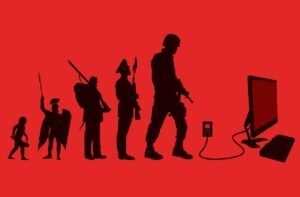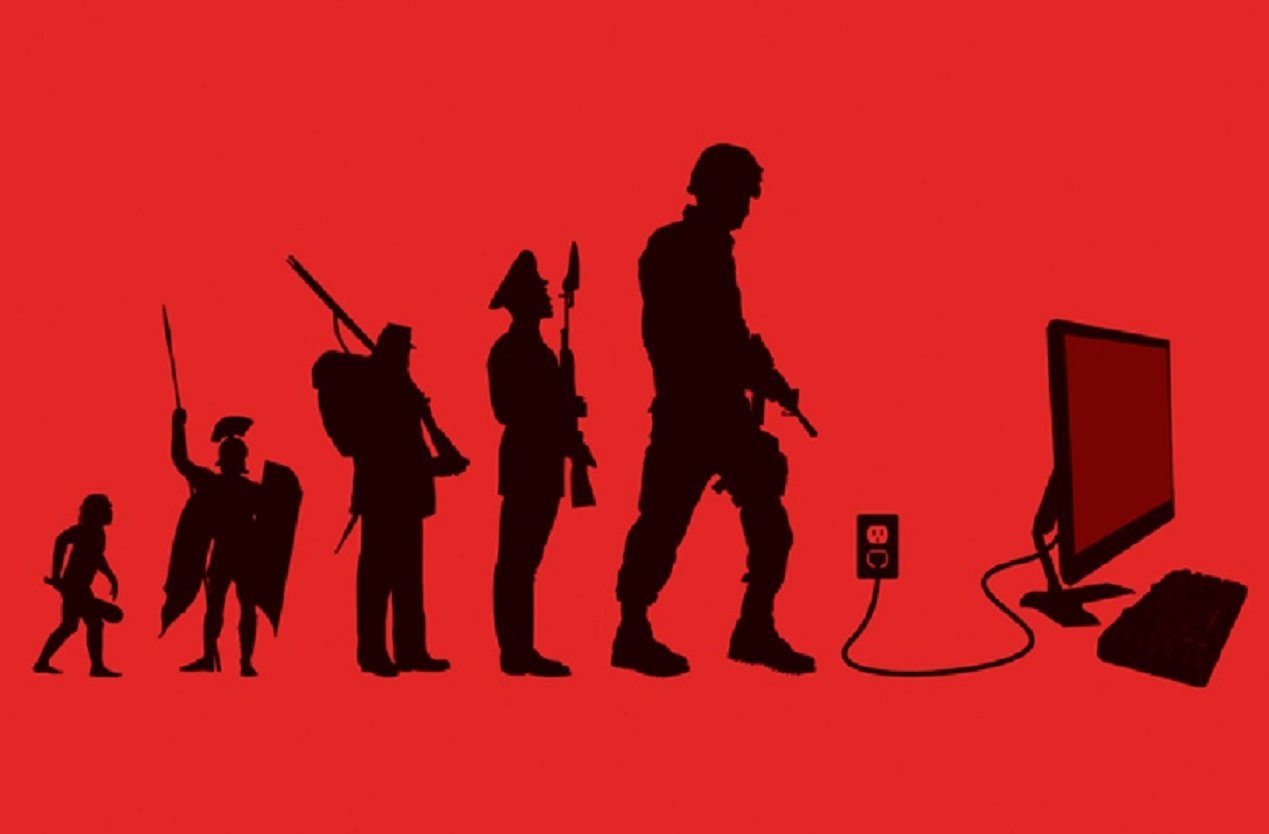War and combat have been intrinsic to human history, evolving alongside society and technology. From primitive stone equipment to state-of-the-art cyber weapons, the evolution of fighting technological know-how displays humanity’s ingenuity, adaptability, and the transferring nature of warfare.

Primitive Beginnings: Stone, Bronze, and Iron Ages
The earliest weapons have been rudimentary, crafted for searching and self-defense. Stone equipment like golf equipment and axes developed into greater specialised implements for combat. The introduction of the Bronze Age round 3000 BCE marked a huge leap, as bronze weapons such as swords and spears grew to become extra long lasting and lethal. The Iron Age (1200 BCE) similarly superior weaponry with stronger, extra versatile materials, main to the substantial use of iron-tipped arrows, shields, and armor.
Classical and Medieval Innovations
The classical civilizations of Greece and Rome contributed appreciably to navy technology. Greek phalanxes and Roman legions relied on disciplined formations, shields, and spears, complemented through siege engines like catapults and battering rams.
In the medieval period, the introduction of cavalry and the stirrup converted battlefield dynamics. Castles grew to be fortified strongholds, necessitating developments in siege warfare. The trebuchet and battering ram emerged as equipment to breach defenses. By the 14th century, gunpowder revolutionized warfare, with early cannons and firearms commencing to exchange common bows and crossbows war technology.
The Gunpowder Revolution
The invention and proliferation of gunpowder in the 14th and fifteenth centuries marked a turning point. Cannons and muskets rendered medieval fortifications vulnerable, main to the decline of castle-centric warfare. By the 18th century, flintlock muskets and bayonets grew to be general navy equipment, shaping the systems of armies in the Napoleonic Wars.
Industrial Age: Mechanization and Mass Production
The Industrial Revolution of the nineteenth century delivered mechanization and mass manufacturing to warfare. The invention of rifled barrels, computer guns, and railways modified logistics and firepower. The American Civil War and World War I showcased how science like ironclad ships, submarines, and early tanks altered techniques and battlefield outcomes. The introduction of chemical weapons in World War I highlighted the darkish doable of scientific advancements.
World War II: The Era of Total War
World War II noticed an unheard of surge in army technology. Radar, sonar, and encryption applied sciences like the Enigma code performed indispensable roles. Aircraft advanced into strategic tools, succesful of turning in big payloads and dominating airspace. The battle culminated in the improvement and use of nuclear weapons, always altering international geopolitics and ushering in the Atomic Age.
The Cold War and Technological Rivalry
The Cold War generation (1947–1991) was once described by means of a technological fingers race between superpowers. The improvement of intercontinental ballistic missiles (ICBMs), nuclear submarines, and stealth plane superior the thinking of collectively certain destruction (MAD). Space exploration applied sciences like satellites grew to be vital to surveillance and communication.
Modern Warfare: Cyber and Autonomous Systems
The twenty first century has viewed conflict shift towards asymmetrical and hybrid strategies. Drones, precision-guided munitions, and synthetic talent (AI) are central to cutting-edge army arsenals. Cyberwarfare has emerged as a effective tool, concentrated on infrastructure and statistics networks. Technologies like hypersonic missiles, directed-energy weapons, and quantum computing are shaping the subsequent era of army capabilities.
The Ethical and Strategic Challenges
While technological developments have superior effectivity and minimized collateral harm in some cases, they additionally elevate moral and strategic concerns. Autonomous weapons, regularly referred to as “killer robots,” mission regular ideas of accountability. Cyberwarfare blurs the traces between fighting and peace, making attribution and response techniques complex.
Conclusion
The evolution of struggle science mirrors the broader trajectory of human civilization, mixing innovation with conflict. As technological know-how continues to advance, the fundamental to stability energy with duty will become ever extra critical. The future of struggle might also hinge no longer solely on new innovations however additionally on humanity’s capacity to navigate the moral dilemmas they present.
This ride via records underscores that whilst technological know-how may additionally change, the necessary dynamics of conflict continue to be rooted in human ambition, conflict, and the pursuit of dominance.
